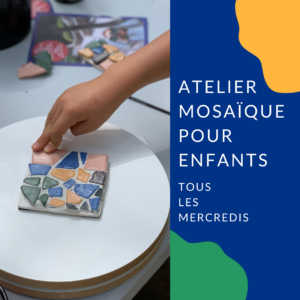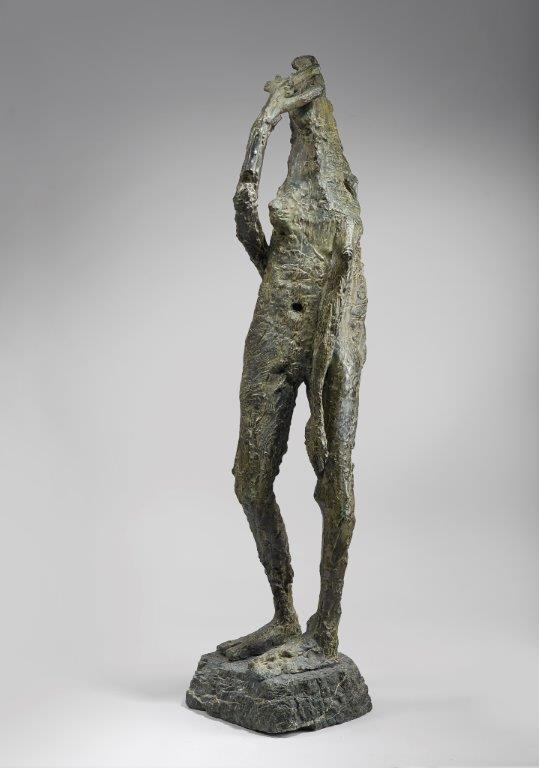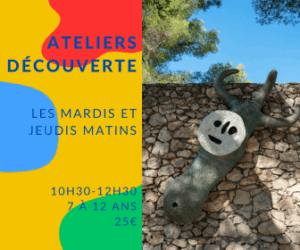
The Forest
One of the first descriptions of this sculpture was made by Georges Limbour, after seeing it on a visit to the artist’s atelier: “As we were leaving, Germaine Richier […] had the urge to show us an object about one and a half metres tall, wrapped in damp cloths. She unwrapped it, for here the wrappings serve a different purpose from that employed by the Egyptians: rather than enveloping the bodies after death, they protect them before they are fully born. So it was an incomplete work: a forest-man, made from a carefully chosen tree branch, clay, wire, and I think there was moss too, yes, at least on the branch. These different natural elements were doubtless temporary, the fruit of sudden inspiration, gathered together as they were with the impulse of inspiration and set to be erased later on by plaster.”
A year later, in 1948, Limbour had the opportunity to see the bronze version of the sculpture, at the Germaine Richier exhibition at Galerie Maeght: “[…] (H)ere is a forest-man, in bronze. From its forms, one can make out that this figure […] was originally composed of a variety of disparate substances, such as earth and plant matter. For instance, the right arm is clearly the cast of a gnarled tree branch that brought to mind an arm and shoulder. The process involved recalls that of collage in painting, with the difference that here the object has been transmuted, changing in nature from wood to bronze, and thereby becoming fully integrated with the whole […]”
Germaine Richier (1902-1959)
Germaine Richier was a sculptor, drawer and engraver. She trained with Antoine Bourdelle in Paris between 1925 and 1929, at the same time as Alberto Giacometti, having first studied at the École des Beaux Arts in Montpellier. For many years, she engaged in classical sculpture, carving faces with precise features, until 1939, when her work became free of the constraints of the model, to take on an unusual and unique figuration that pushed the boundaries of the fantastic. Her insect-men populated a prehistoric world or universe, whose unwritten history blossomed in the woods around her atelier.



